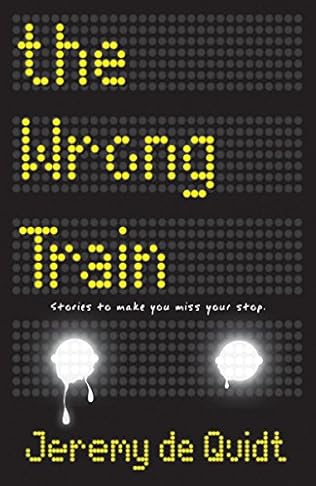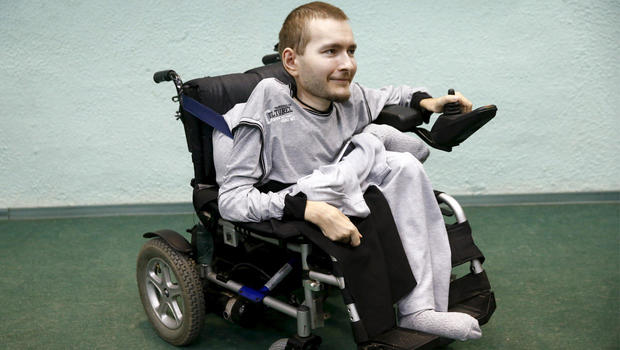 Human rights are the rights you have simply for being human. That means that every person has exactly the same rights, no matter the color of their skin, their religion, the place where they come from or the things they have done.
Human rights are the rights you have simply for being human. That means that every person has exactly the same rights, no matter the color of their skin, their religion, the place where they come from or the things they have done.Even though they are universal, there hasn’t been there since the world was created, but we, humans, have created them in order to make everyone equal. But, when they were first created? It is considered that human rights were born in 539 BC, when Cyrus the Great announced after conquering Babylon that all slaves were free to leave. He also claimed that everybody that the right to choose their religion. We know it because he put down his words on a clay cylinder called “The Cyrus cylinder. Therefore, this is considered the birth of human rights. Since that, there have been multiple interpretations and points of view of which are the human rights, until in 1948 the UNO presented the Universal Declaration of Human Rights. It is the most widely accepted declaration, even though it’s not really applied. This declaration has exactly 30 human rights, some of them are: the right to be free and equal, the right to trial, the right to privacy, worker’s rights…
I have chosen one human right and I’m going to dig deeper into it: The right to democracy. The video shows some people arguing to each other shouting. There’s also a kid who wants to talk and say what he thinks, but the other people don’t pay attention to him. Finally, he shouts too and the rest of people shut up and listen to him. I think the kid represents us, the people, and the other persons are the government. The government’s duty is listen to the people and act taking their opinions in consideration, but it’s doesn’t always accomplish.
I’ve chosen that one because I liked the video and the message that sends. Maybe the right to democracy is not the most important one (I think the right to live, or the right to be free and equal are more important), but it is really significant. Governments were created to guarantee the rights of the people, so it is fundamental that people have to take part of it, directly or indirectly. That’s why I think democracy is the best type of government, because people can decide what they really want for their country. Of course, I also think that political education is very important (more than it is at the moment), because people have to know what they are voting, they have to know what’s really the best for them.
 This right is respected in the countries where there is a democracy, like in the USA, Great Britain, Spain, France, Italy, Germany, Australia… It is not respected in countries where there is a dictatorship or the people can’t decide which government they want, like in North Korea, Afghanistan, Cameroon, Egypt, Gabon… Concretely, there are 49 dictatorships in the world (21 in Africa, 18 in Asia, 7 in the Middle East, 1 in Europe and 2 in Americas).
This right is respected in the countries where there is a democracy, like in the USA, Great Britain, Spain, France, Italy, Germany, Australia… It is not respected in countries where there is a dictatorship or the people can’t decide which government they want, like in North Korea, Afghanistan, Cameroon, Egypt, Gabon… Concretely, there are 49 dictatorships in the world (21 in Africa, 18 in Asia, 7 in the Middle East, 1 in Europe and 2 in Americas).VIDEO:



















